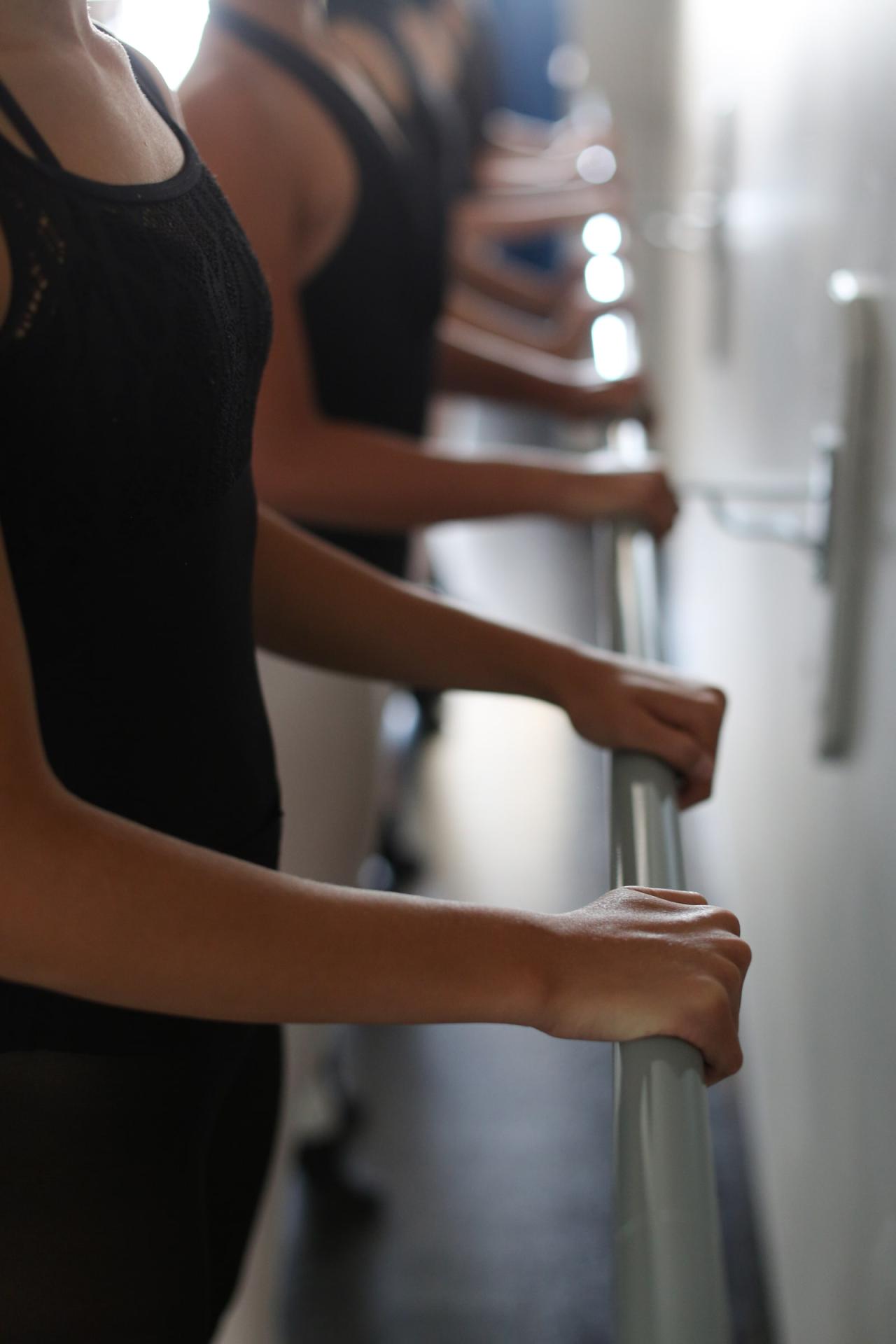At Prestige, we offer a wide variety of classes for all ages, but tap, jazz, and ballet are core classes. You will notice a similar trend when you look at other dance studios in Calgary because these classes offer a solid foundation in strength, flexibility, and musical awareness.
Each style has specific requirements if you choose to do dance examinations, and they are the most popular classes of all ages. Ballet and tap are well known even by people who have never stepped foot inside a studio before, but the most common question we receive is, “what is jazz dance?”
The style of movement
Traditionally, jazz dance lived in societies where music and dance were a way of life, and—though jazz dance has West African roots just like jazz music—jazz music is not the center of this dance style. A wide variety of music is used in jazz dance, so it’s the style of movement is where it distinguishes itself. Where ballet focuses more on turned-out legs, jazz focuses more on parallel. Tap has stiff shoes with metal plates on the bottom, but jazz has soft shoes with a slight grip. Ballet tends toward smooth, controlled movements, and jazz leans toward sharp, high-energy movements. Jazz still works with the turnout and similar terminology to ballet, but it is all done with its own flair.
Dynamic movements
Dynamic movements are an important element of jazz dance and are a characteristic that clearly differentiates jazz dance from ballet, tap, lyrical, and contemporary. Students perform with a low centre of gravity and soft knees in jazz dance classes to maintain balance and clean transitions from one movement to the next. While traditional jazz dance features movements like the Charleston and the Lindy Hop, current jazz favours sharp, clean movements and isolations.
Isolations are movements that involve only one part of the body at a time, particularly the ribs, hips, shoulders, and head. In jazz dance studios, you’ll often see dancers warming up with dynamic stretches, isolations, and across-the-floor movements.
Some popular skills and techniques that jazz dance studios in Calgary focus on strengthening are:
- Pas de bourrée
- Jeté
- Piqué passé
- Fouetté Turns
- Step-ball change
- Chassé
- Chaîné Turns
- Posé Turns
- Grapevine
- Pivot turn
- Pirouette
- Jazz runs
The history of jazz dance
First introduced to America in the 19th century, jazz dance is rich with history. In the 1930s and ’40s, the big bands of the swing era popularized jazz dance. The West Indies introduced a Spanish influence, leading to Latin-inspired jazz music and dance. Jack Cole led the modern jazz movement shift in the 1950s before the American and European stage and social dance altered the style in the 20th century. Isolations were first introduced to jazz dance by Katherine Dunham, an African-American dancer and choreographer. Isolations were further developed and outlined by Jack Cole, Matt Mattox, and Bob Fosse.
This history continues to be felt today in current jazz numbers showcasing how music and dance fuse and evolve together. Rhythm has remained a significant characteristic in commercial jazz that you see today in Broadway jazz, contemporary jazz, and street jazz.
Of course, the best way to know what jazz dance is will be to see it for yourself. Luckily, Prestige Dance Academy offers trial classes so that you can find the right styles of dance for you.

